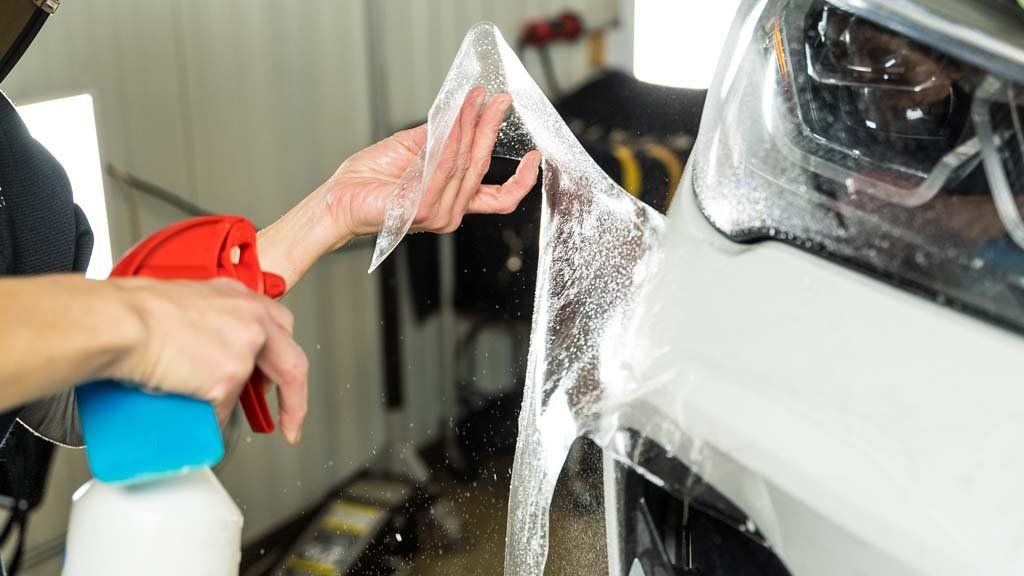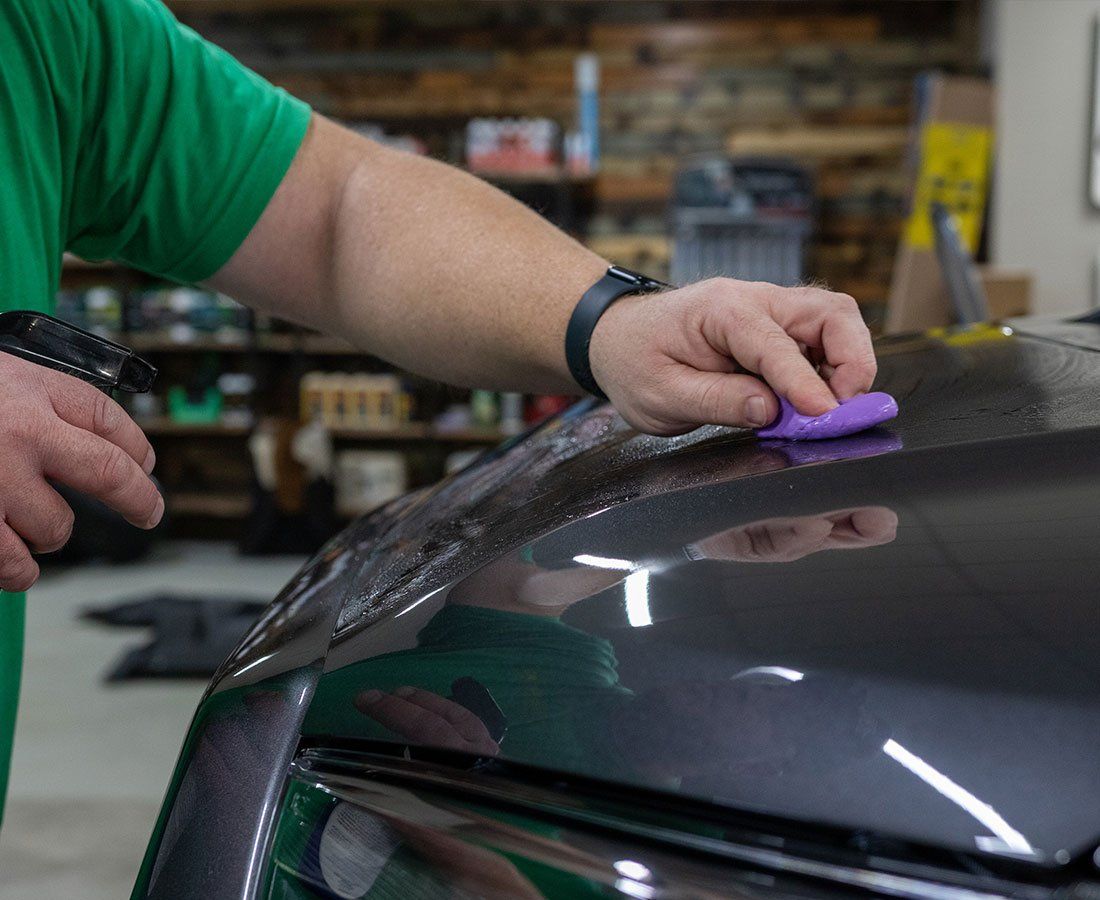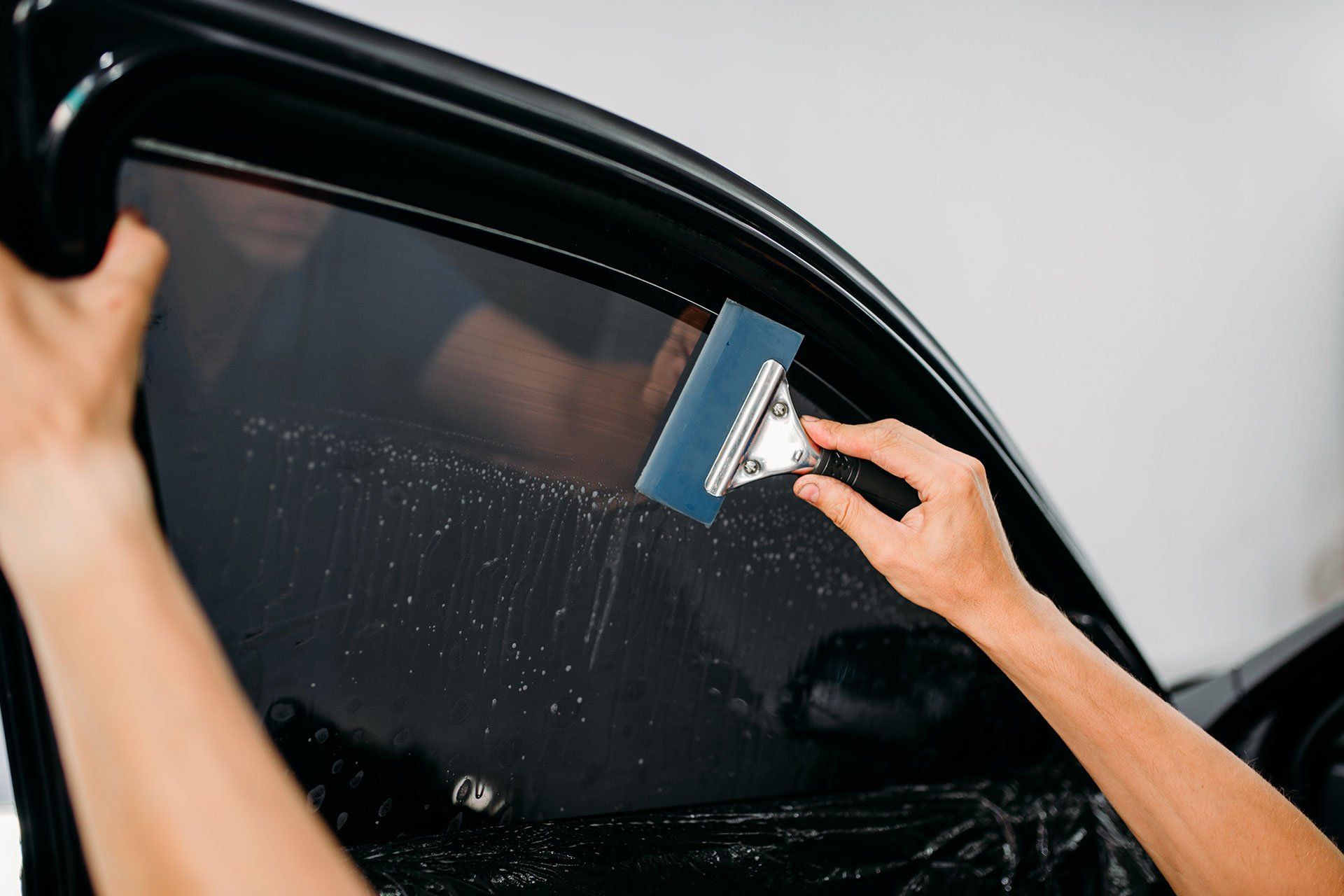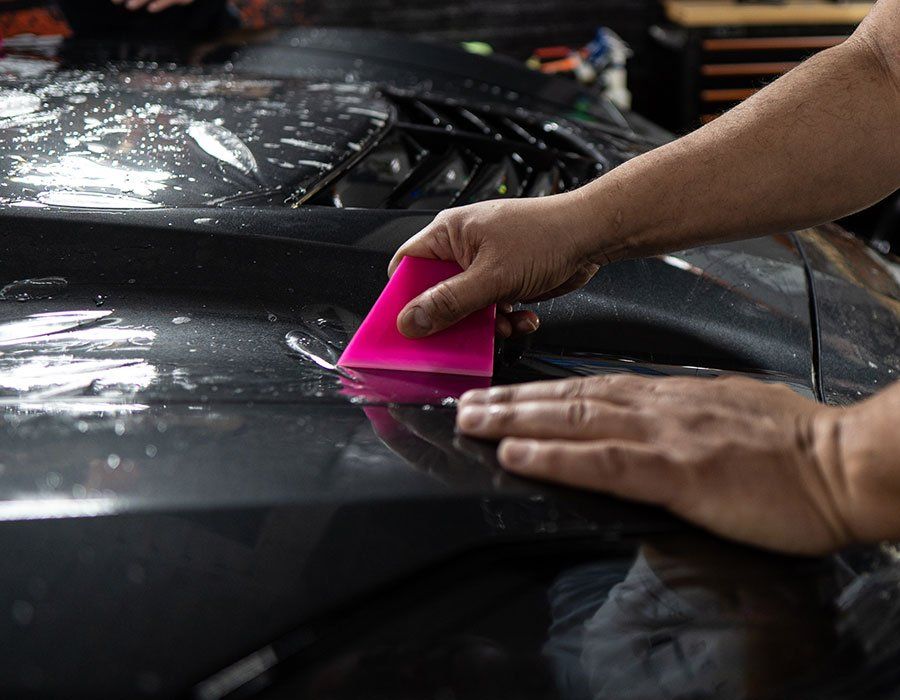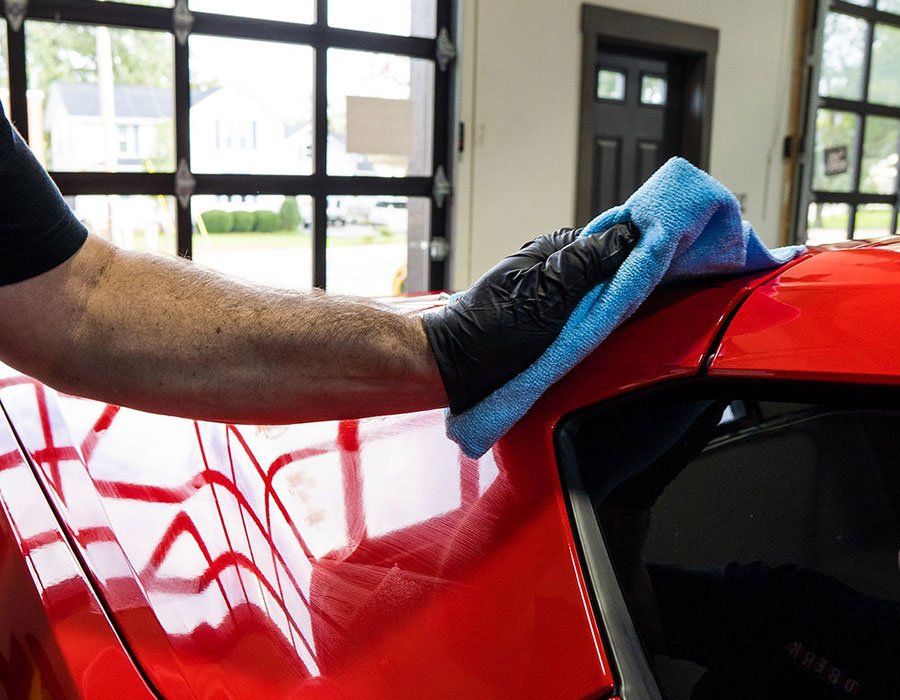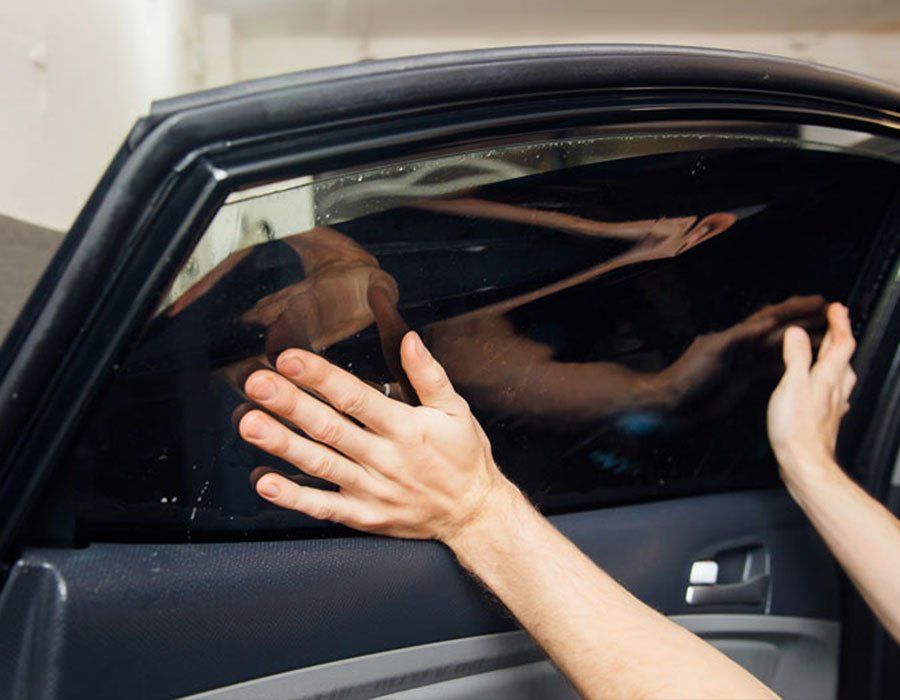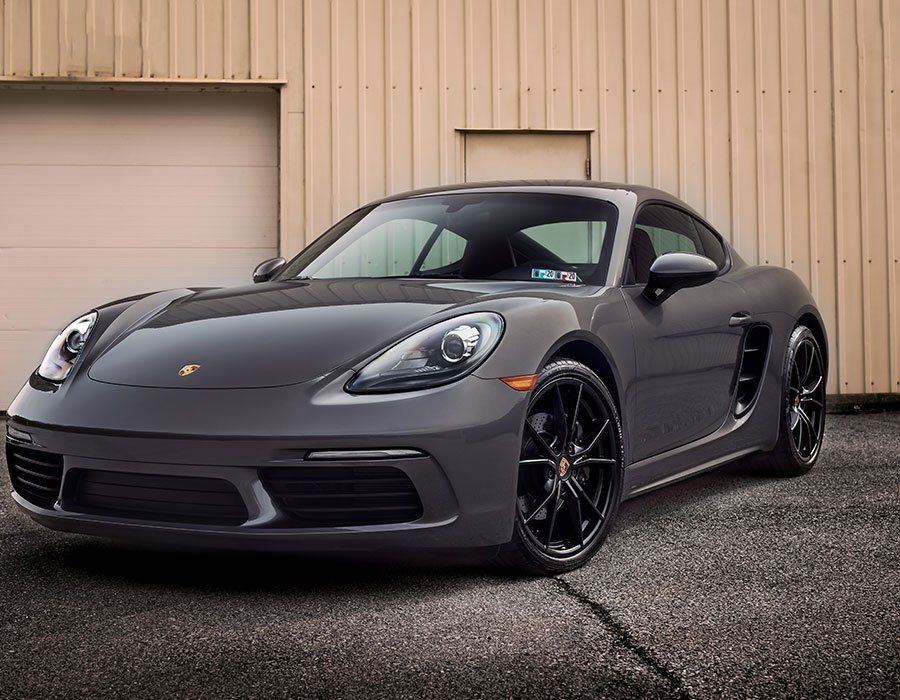Factors to Consider When Choosing a Window Tinting Company in Tampa, FL
CALL (727) 940-2340
SCHEDULE NOWWindow tint is typically applied to car windows to reduce the amount of light that enters the interior. Visible light transmission (VLT) is commonly used to measure light intensity reduction, with lower VLT values allowing less light into the vehicle and higher VLT values allowing more light into the vehicle.
Window tinting can be applied to the windshield, side windows, rear windows, and back glass of your vehicle. The tinting procedure varies depending on who performs it.
What Is Window Tint Installation?
Window tinting is the process of coating windows, doors, and other glass surfaces with a clear, film-like coating to block harmful UV rays and infrared radiation. Tinting reduces the amount of light that enters a car by blocking harmful UV rays.
When looking for a window tinting company, it is critical to select one that provides quality services and employs trained employees. It is important to consider not only the cost of the service, but also the quality of service you will receive. The tinting materials used are also important.
Types of window tinting installations
Below are three popular window tinting solutions.
Solar control window film
This type of window tinting is commonly used by people who live in hot climates or spend a lot of time in their vehicles during the summer. Because it does not block any light, it can be combined with other types of window film to create a more customized appearance than standard automotive window film.
Heat dissipation tints
Heat dissipation tints are intended to prevent overheating while also providing privacy, protection from glare, and protection from UV rays. They are most commonly found on windshields, but they can also be found on rear windows, side windows, rearview mirrors, and even door glass.
Security film
Vandalism is effectively deterred by security films such as 3M's Scotchlite and Lexus Guardian. They also provide privacy and a nice appearance, which helps to improve the curb appeal of your home.
Things to Consider When Choosing a Window Tinting Company in Tampa, FL
Home window tinting is an excellent way to improve your home's privacy and style. While there are numerous options available, you must select the best company for the job. Here are the most important factors to consider when selecting a window tinting company:
Company reputation
Check to see if the window tinting company in your area has a good reputation. You should seek referrals from people who have previously used their services. You can also inquire at local businesses to see if anyone knows of anyone who has used the company. If possible, go to the company's website and read the customer reviews.
Service warranty
Inquire whether the window tinting service offers a warranty on each job. You want to know that if something goes wrong, the tinting company will cover the cost of the damage or loss. It's a good idea to work with a company that offers repair or replacement guarantees on items like windshields and headlights. A tinting company that provides a warranty is one that can stand behind their products.
Years in Operations
When selecting a window tinting company, you should also consider how long they have been in business. 5, 10, 15, or more years? Most people prefer companies that have been in business for a while because they know they can provide quality solutions and do the job right the first time.
Customer reviews
Check out online customer reviews before deciding whether to use a specific company. You should read both positive and negative reviews. If there are several complaints, you should be cautious about using them.
Company location
The location of the company is important when choosing a window tinting company because some places have laws that require businesses to give out their addresses to ensure they are operating legally.
Licensing and insurance
Window tinting is regulated by law, so make sure the company you choose has all of the necessary licenses to do the job safely. Some businesses may also provide insurance, which protects you from claims made by customers or third parties in the event of an accident.
Company work history
Most importantly, learn what projects the tinting company you've chosen has completed thus far. Any company that has completed a large number of window tint installation projects is a safer bet. Check their work history to see if they have any negative feedback from previous clients who had jobs.
Trained personnel
Window tinting is a difficult task to complete on your own. Even if you are a skilled carpenter or painter, it will take time and effort to complete the job properly. As a result, you must select a company with trained personnel capable of performing this job correctly. They should also have all of the necessary high-quality equipment and materials, such as safety glasses, ladders, and masks, to ensure that no one is exposed to potentially hazardous chemicals during the process.
Tinting Cost
The cost of window tinting varies greatly depending on the material used and where it is applied. Customers who purchase multiple products or services may be eligible for discounts from some businesses.
Contact Auto Film Guys for Professional Tinting Services
At Auto Film Guys, we strive to provide the best home window tinting service in Tampa Bay. We offer inexpensive and professional window tinting services for your vehicle. We specialize in car, truck, and SUV window tinting. Our team is made up of professionals who are dedicated to providing you with the best workmanship and customer service possible. At Auto Film Guys, we provide free estimates so you can see for yourself what we can do for you!
Whether it's a simple window tinting job or something more involved like motorhome or camper window tinting, we have the expertise to help you get the job done right! Please call us today at (727) 940-2340 for a no-obligation consultation and a free estimate.
The Auto Film Guys Blog
